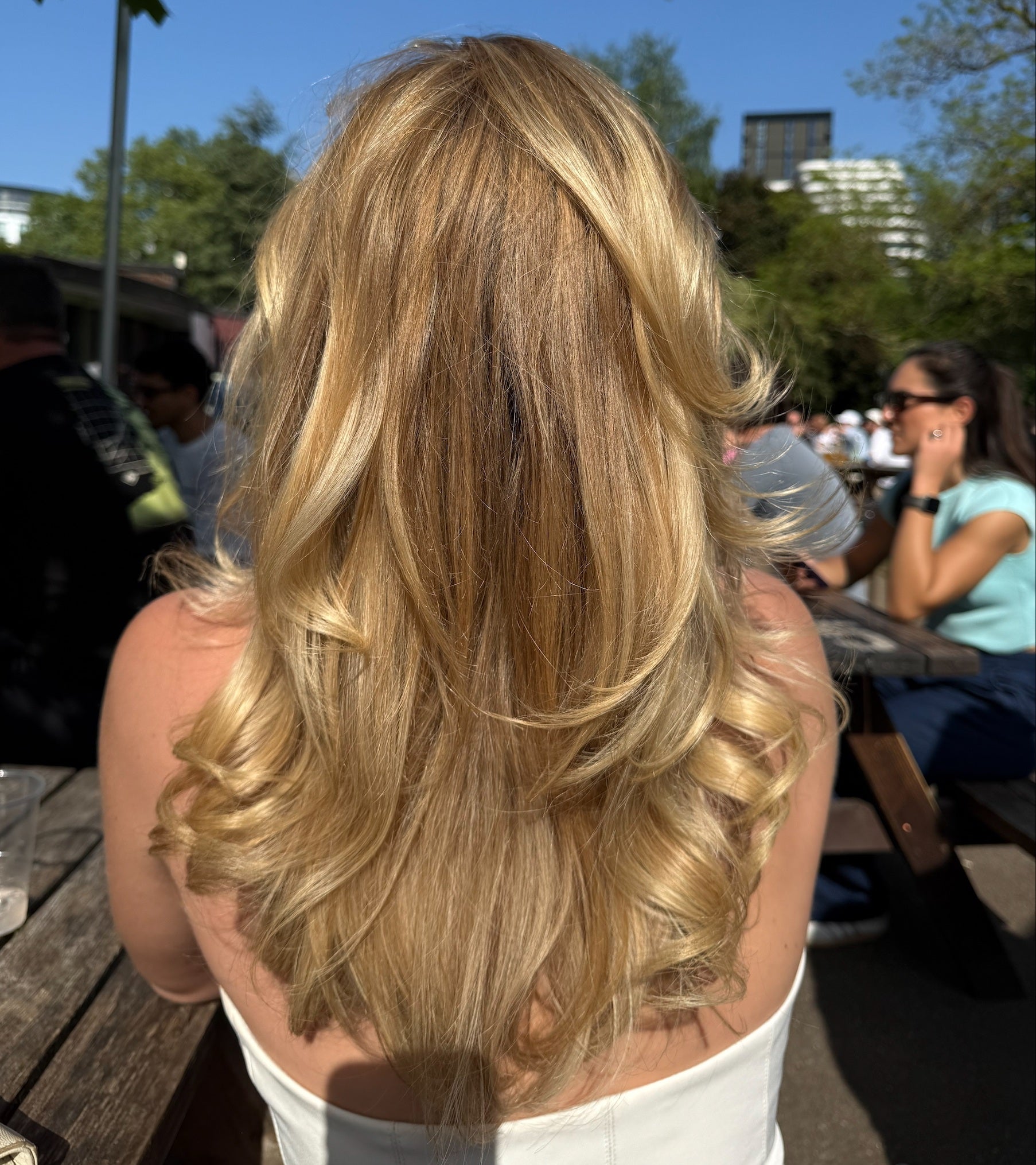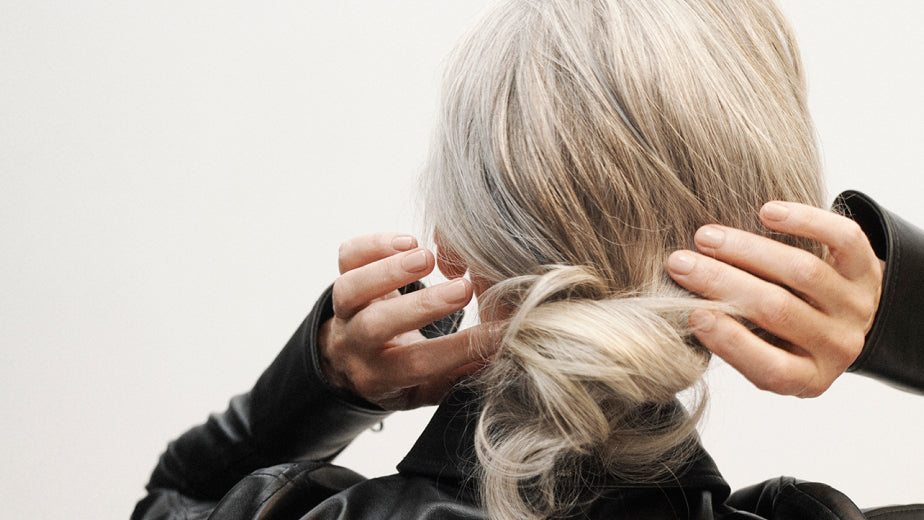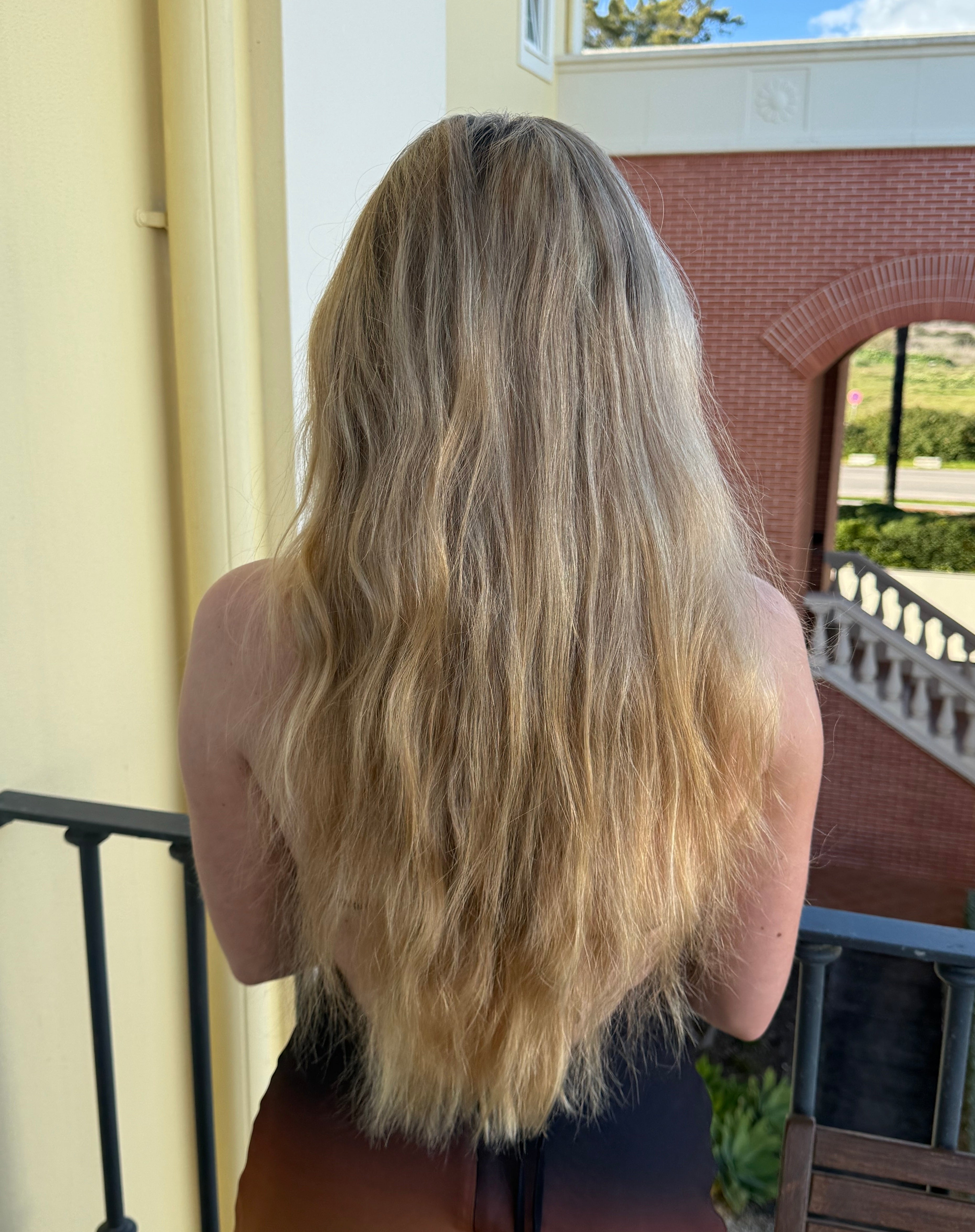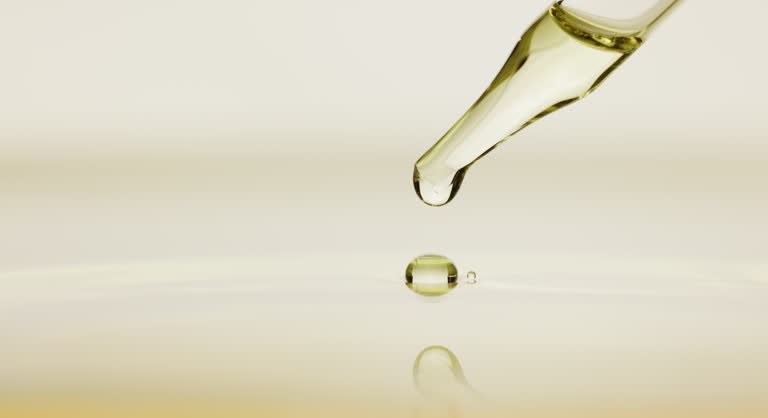The Long-Term Effects of Bleaching Your Hair or Getting Blonde Highlights
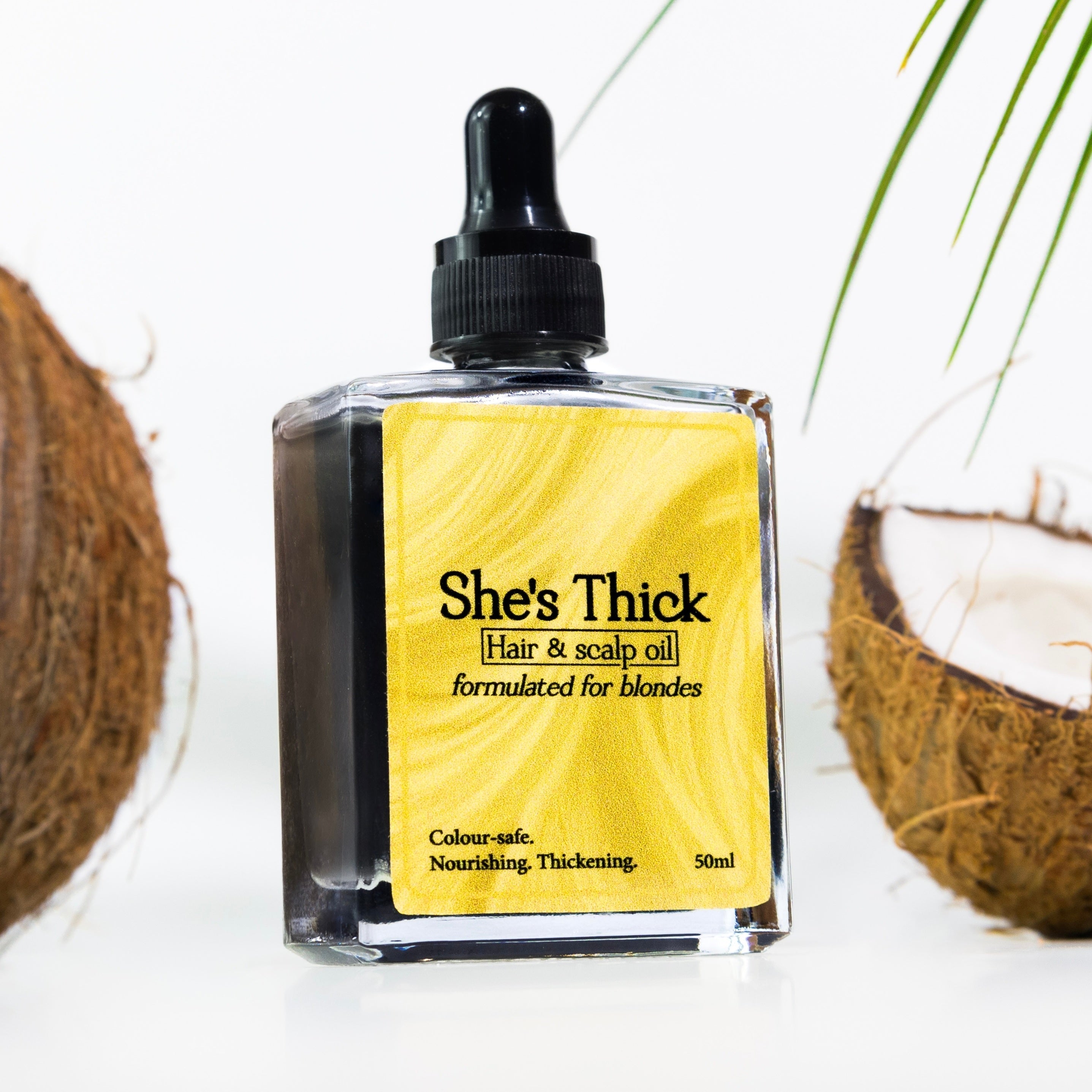
Blonde hair is often associated with brightness, youthfulness, and bold beauty—but achieving those perfect platinum tones or sun-kissed highlights comes with a cost. Whether you're going fully blonde or simply adding highlights, the chemical process required to lift your natural hair color can leave long-lasting effects on your strands and scalp. Understanding the risks and how to repair the damage is essential if you want to keep your blonde looking healthy and radiant.
What Happens During the Bleaching Process?
Bleaching involves using hydrogen peroxide or other lightening agents to strip the natural pigment (melanin) from your hair. This process lifts the cuticle—the protective outer layer of your hair shaft—so the chemicals can penetrate the cortex and dissolve color molecules. The result is a lighter shade, but the structure of the hair is significantly weakened in the process.
Long-Term Damage from Bleaching and Highlighting
Over time, repeated bleaching or highlighting can cause cumulative damage to the hair shaft and scalp. Here’s how:
-
Loss of Elasticity: Bleached hair loses its natural proteins, making it more prone to breakage and less resilient to styling.
-
Dryness and Brittleness: The cuticle layer often remains lifted, leading to moisture loss and a rough, straw-like texture.
-
Split Ends and Breakage: Fragile hair strands are more likely to split or snap, especially when brushed or heat-styled.
-
Scalp Sensitivity: Bleaching can irritate or even burn the scalp, potentially leading to inflammation, itchiness, or flakiness.
-
Porosity Imbalance: Hair becomes more porous, which makes it absorb and release moisture too quickly—impacting your hair's ability to retain hydration and color.
-
Color Fading: Bleached and porous hair tends to lose toners or hair color more rapidly, requiring frequent touch-ups and additional chemical exposure.
According to a 2021 study published in the Journal of Cosmetic Dermatology, frequent bleaching significantly reduces hair tensile strength and alters the hair’s surface texture, leading to long-term deterioration if not properly treated.
Why Repair Is Essential for Blonde Hair
To maintain healthy blonde hair over time, it’s crucial to integrate restorative treatments into your hair care routine. Using gentle, hydrating shampoos and conditioners is a good start—but repairing the damage from the inside out requires more intensive care.
One of the most effective ways to combat bleach damage is by using a nutrient-rich hair and scalp oil. Oils like organic rosemary and jojoba help replenish lost moisture, strengthen the hair shaft, and soothe an irritated scalp. Rosemary oil in particular has been shown to stimulate hair growth and reduce scalp inflammation, making it ideal for anyone dealing with thinning, fragile strands from over-processing.
She’s Thick Hair Growth Oil was created specifically to support blonde and bleached hair, combining rosemary oil with a blend of nourishing botanicals to restore health from root to tip. Regular use helps repair the scalp, reinforce the cuticle, and bring softness and shine back to over-processed strands—so your blonde stays bold, bright, and beautifully strong.

